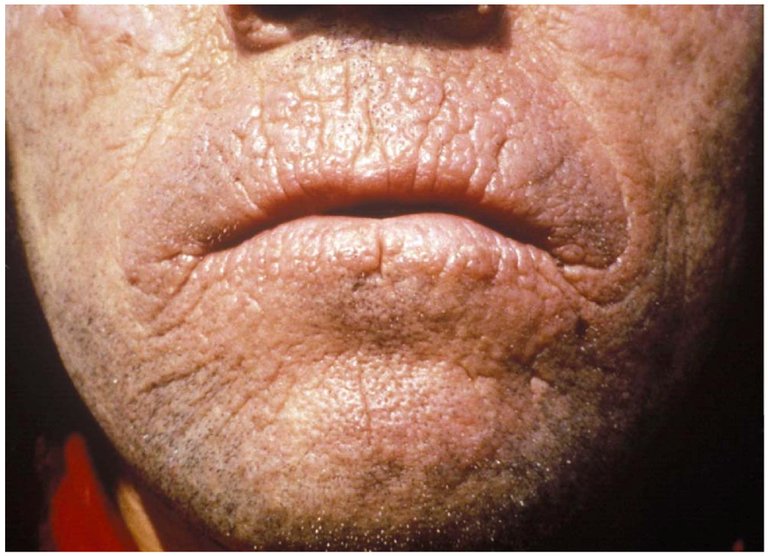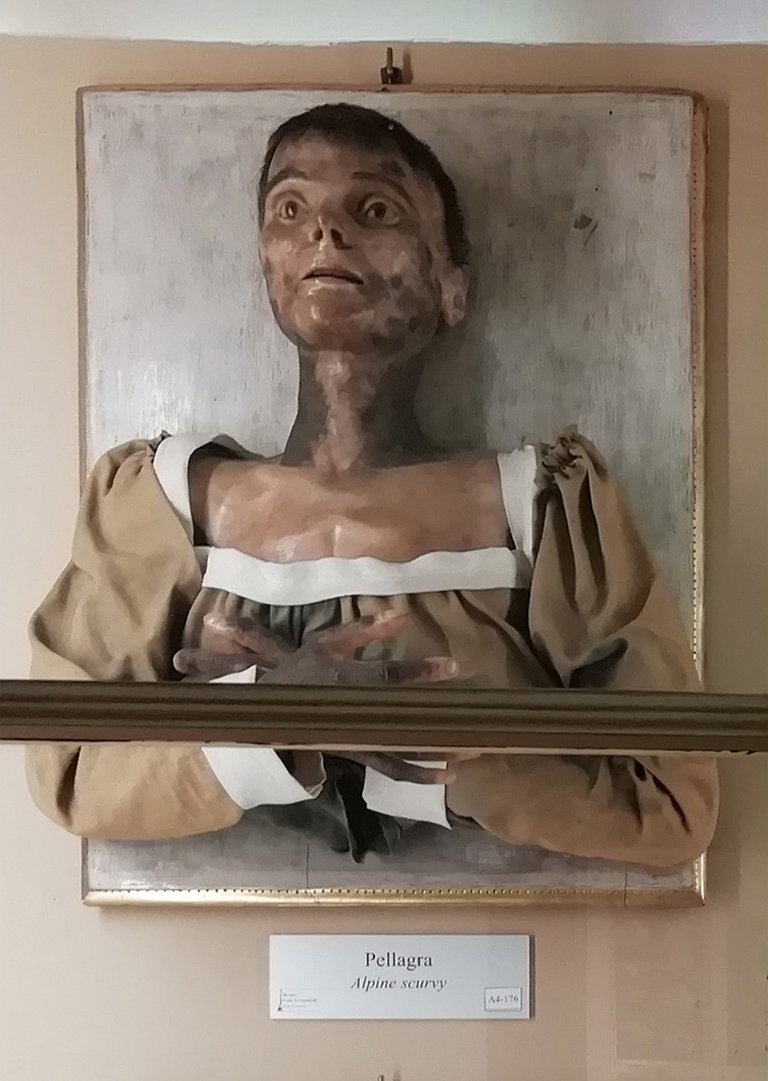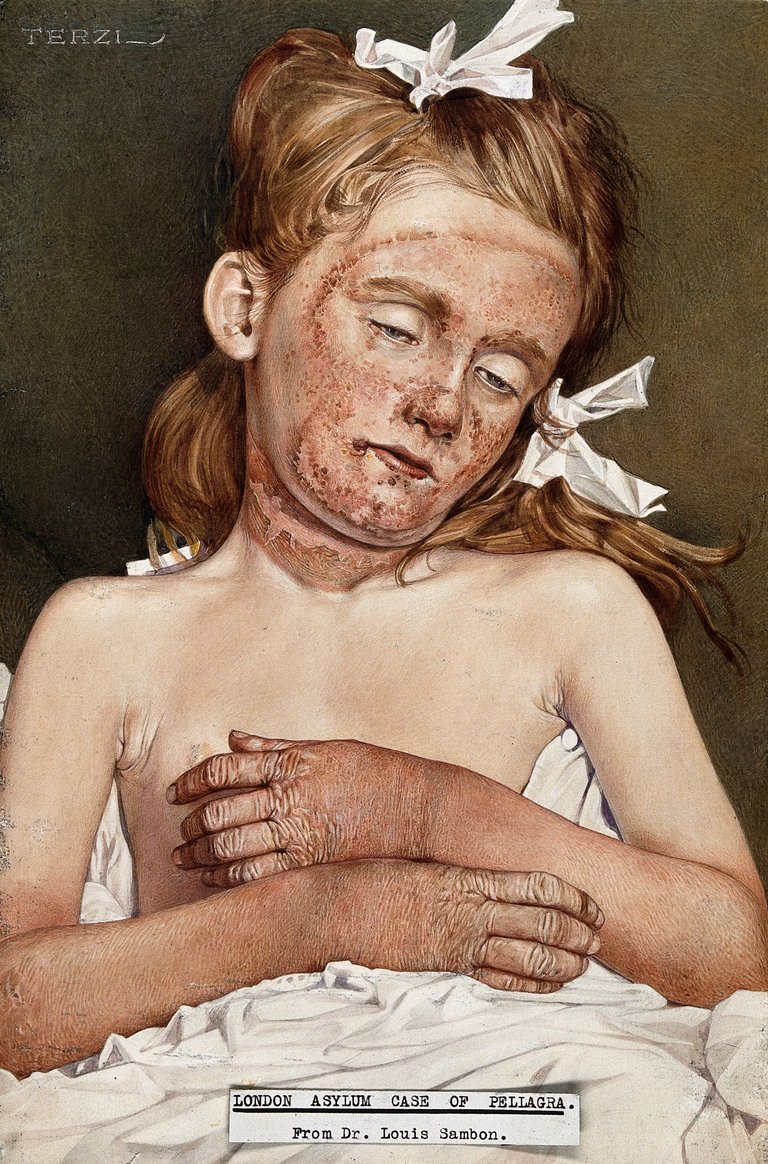Investigating Diseases with Symptoms Having Vampire Characteristic
Vampires have emerged as iconic characters in our cinematic world, captivating the imaginations of many who ponder their existence. While some dismiss vampires as mere myths, others attribute their characteristics to certain medical conditions. Today, let's delve into the possibility of medical conditions inspiring the creation of these mythical creatures and explore if any ailments mirror the traits associated with vampires, if not entirely, at least in part.
Before we dive into the medical aspects, let's provide a brief overview of vampires. While vampires have been portrayed in conflicting ways, they have also been said to have lots of similarities no matter where you are getting the image from, either in books or movies. We have been seeing vampires in movies such as Dracula, managgal, Moroi, The Lost Boys, Twilight, and even Blade. These imaginary creation are usually displayed as being infected by a disease that causes them to have pale skin, fangs, an unquenchable thirst for blood, and ensuring they stay away from garlic and sunlight. These are their characteristics, so let's discuss medical conditions that could have led to the creation of this imaginary creature, or if there is any diseases that could give the vampire characteristics (part if not all).

One medical condition that aligns with vampire-like characteristics is Porphyria. It is caused by an excess of porphyrin in the red blood cell. The red blood cell is made up of hemoglobin for the transportation of oxygen to the body and take carbon dioxide away from the tissues. With Porphyrin, the hemoglobin carries a nitrogen, carbon, and hydrogen ring in the body, and the body is able to convert porphyrin to the group but when the person suffers from porphyria disorder, the patient begins to exhibit symptoms such as itching, rashes, blisters when exposed to sunlight, gum of the teeth are pym which appear similar to fangs of vampires. , , , .

Porphyrin then builds up in the teeth causing a redish brown discoloration like they just drank blood. You can imagine that people who suffer from porphyria, are unable to work under direct sunlight as they would suffer from blisters and patients can lose their ears and nose physiognomy when exposed to sunlight. Also, people who suffer from the condition have garlic induce the heme degrading enzyme (Heme oxygenase 1) thereby leading to increased anemia.
Let me state that Porphyria is an extremely rare case, with less than 100 people suffering from it worldwide at a time. Also, porphyria is hereditary, giving it another vampire characteristic. Don't forget that we are not saying they are vampire diseases, but we are looking at diseases that have the same symptoms that the fictional vampire characters exihibit., ,
Another medical condition with vampire-like symptoms is Pellagra. Pellagra results from a deficiency in vitamin B3 (niacin) and tryptophan. The body typically synthesizes niacin from tryptophan and uses niacin for energy conversion from food. When there's a shortage of either nutrient, serious health issues can arise

People who suffer from Pellagra actually are photosensitive, they have skin rash and paper-thin skin, and patients will also experience glossitis (which is swelling and redness of mouth). Pellagra can lead to neurodegeneration in the brain which leads to insomnia and aggression. This disease was common in the past among the poor who fed on maize or corn which was a cheap staple in the past with no means of getting vitamin B3 into the body. ,

There are believes that due to poor health education and access to medical health care in the past, people believed that those who had these diseases not leaving out Rabies, might have been mistaken for vampires and so the origination of the vampire myth. In summary, while vampires remain creatures of fiction, certain medical conditions, such as Porphyria and Pellagra, exhibit symptoms reminiscent of these mythical beings. These parallels, combined with historical factors, may have contributed to the enduring fascination with vampires in popular Hollywood culture.
Image Reference
- Image 1 || Wikimedia Commons || Chronic skin lesions of EPP
- Image 2 || Wikimedia Commons || Congenital erythropoietic porphyria
- Image 3 || Wikimedia Commons || Museo delle cere anatomiche (Bologna) abc2 pellagra
- Image 4 || Wikimedia Commons || A girl in the London Asylum suffering from chronic pellagra
Thanks for your contribution to the STEMsocial community. Feel free to join us on discord to get to know the rest of us!
Please consider delegating to the @stemsocial account (85% of the curation rewards are returned).
Thanks for including @stemsocial as a beneficiary, which gives you stronger support.
I thought it is only movies I used to see it
So there is actually a symptom that makes one looks like vampire. The lecture is actually fine and I love it.